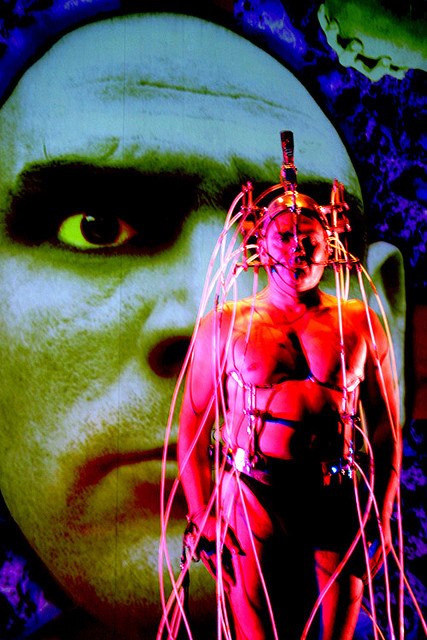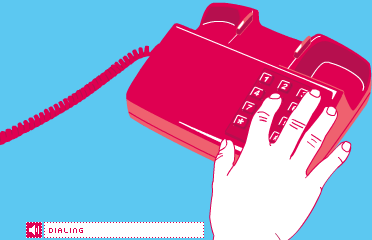As We May Feel
file festival
“As We May Feel” A parody of the 1945 text “As We May Think”, by Vannevar Bush What enduring benefits did science and technology bring to human beings? First of all, science and technology have extended the humans’ control on their material environment, helping them to perfect their food, their clothes, their dwelling, and gave them more security, allowing to live above the level of mere subsistence. Later on, they have permitted a wider knowledge of the biological processes that occur within our bodies, allowing the control of a more healthy and lasting life, always promising an enhancement of mental health. Finally, they contribute to the effectiveness of our communication. We have therefore a reason to live beyond survival — abundant health and efficient communication. And how do we deal with our existential feelings and conflicts? We don’t have time for our feelings, we can no longer ruminate them. We bury them in secret wishes without bigger consequences. Should we care more for our feelings? Negligence has been our way of cleaning our lives of sentimental values. When we cannot sweep them, we zip them and eventually access them to solve conflicts and/or to organize our thoughts. This project offers the access, through a click, to a central that points to a series of paths toward “As we may feel”. The content of this simulation of a phone center has as its aim to create an encyclopedia of existential feelings and conflicts that represent human life in contemporary society. Welcome to our call center!



